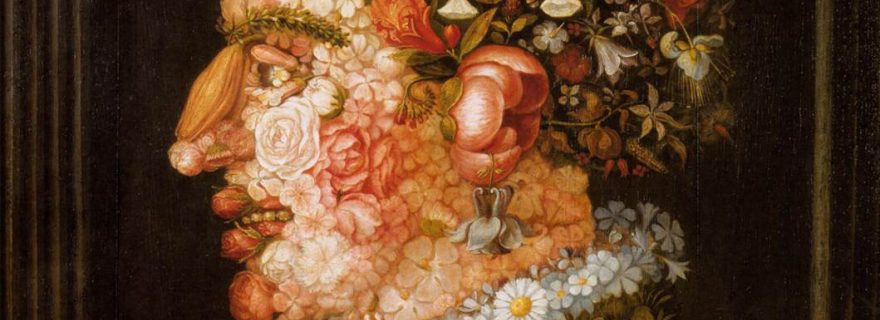Computer models tell us how to be creative
Do you know how you use your creativity on a day-to-day basis? Computational models of creativity might give us more insight into this important skill that offers us the possibility to deal with everyday problems.
While some might see themselves as not particularly creative, others make a living from their creative insights. Artists are notorious for their creative ideas, but in fact everyone has his or her creative moments. Hence, creativity is more common than some might think and not restricted to ‘big-C Creativity’, which is the type of skill that Mozart and Frida Kahlo are famous for. ‘Little-c creativity’ is a cognitive skill that everybody uses to solve everyday problems and adapt to changing circumstances. Can we have more of that? Computer models might provide us with important insights into how people flexibly control and adjust their behavior and how this skill can be enhanced. They might even tell us how to develop creative skills in artificial agents and robots. With these aims in mind, we reviewed a number of recent computational approaches to model and understand human creativity in a special issue on creativity in the journal Current Opinion in Behavioral Sciences.
Remember the last time you stayed over at a friend’s house and forgot your toothbrush. You were probably creative enough to put your finger to use as a vessel for toothpaste. It has roughly the same shape and size as a toothbrush and can thus serve as a good replacement. In the short search for a creative replacement of your missing toothbrush you might have considered other objects, for example a toothbrush that was already there but might belong to your friend’s roommate who always has bad breath. This type of creative thinking is called divergent thinking, as you diverge your thoughts and open up to multiple ideas. Divergent thinking has been considered one of two important types of thinking in creativity already in the 1960’s by Guilford. Another type of creative thinking is convergent thinking, in which you narrow down your options to the best creative replacement of the missing toothbrush: your own finger, instead of a toothbrush that belongs to someone with obviously poor dental habits.
Recently, researchers have used computer models to study if and how people engage in divergent or convergent thinking. These computational models allow us to make explicit many invisible ingredients that are necessary to think creatively: they describe how knowledge about things and possibilities is organized and how it needs to be used to generate creative solutions. This allows us to test whether humans indeed organize and use their knowledge the way the models describe, which in turn allows us to understand how human brains generate creativity. It also allows us to implement similar kinds of knowledge organization and utilization in robots, to enable them to create music and paintings that are indistinguishable from creative work by humans.
Some of the available computational models to assess human creativity have deepened our understanding of divergent thinking while others have focused on convergent thinking. However, creative acts of humans often show contributions from, and interactions between both of these styles of thinking: to solve the toothbrush problem, you first need to regard all possibilities the environment offers you, which is an act of divergent thinking, and only then converge to the one best solution that was your finger. Hence, we need a model that integrates both divergent and convergent thinking. Fortunately, broader frameworks also exist, in which both creative processes can be modeled simultaneously, and approached as two at least partly dependent or interacting states. For example, Augello and her colleagues used a ‘creative painter’ model that can produce paintings that are similar to the ones of the famous painter Arcimboldo (see image above). This model provides an interesting first step into studying interactions between divergent and convergent processes and developing a more comprehensive model of creativity.
In line with this we suggest in our review that researchers should take a more unitary approach in modeling creativity. Divergent and convergent thinking could be modeled as two extremes of a dimension in broad computational models that describe how knowledge is organized, how different pieces of knowledge are related to each other, and what differences in this organization and associations between bits of knowledge could underlie individual differences in creative thinking. Step by step these models increase our understanding of everyday creativity and we suggest that they can help you think of more creative and possibly better solutions next time you need to find a toothbrush or think of a creative plan for your next research project.





0 Comments